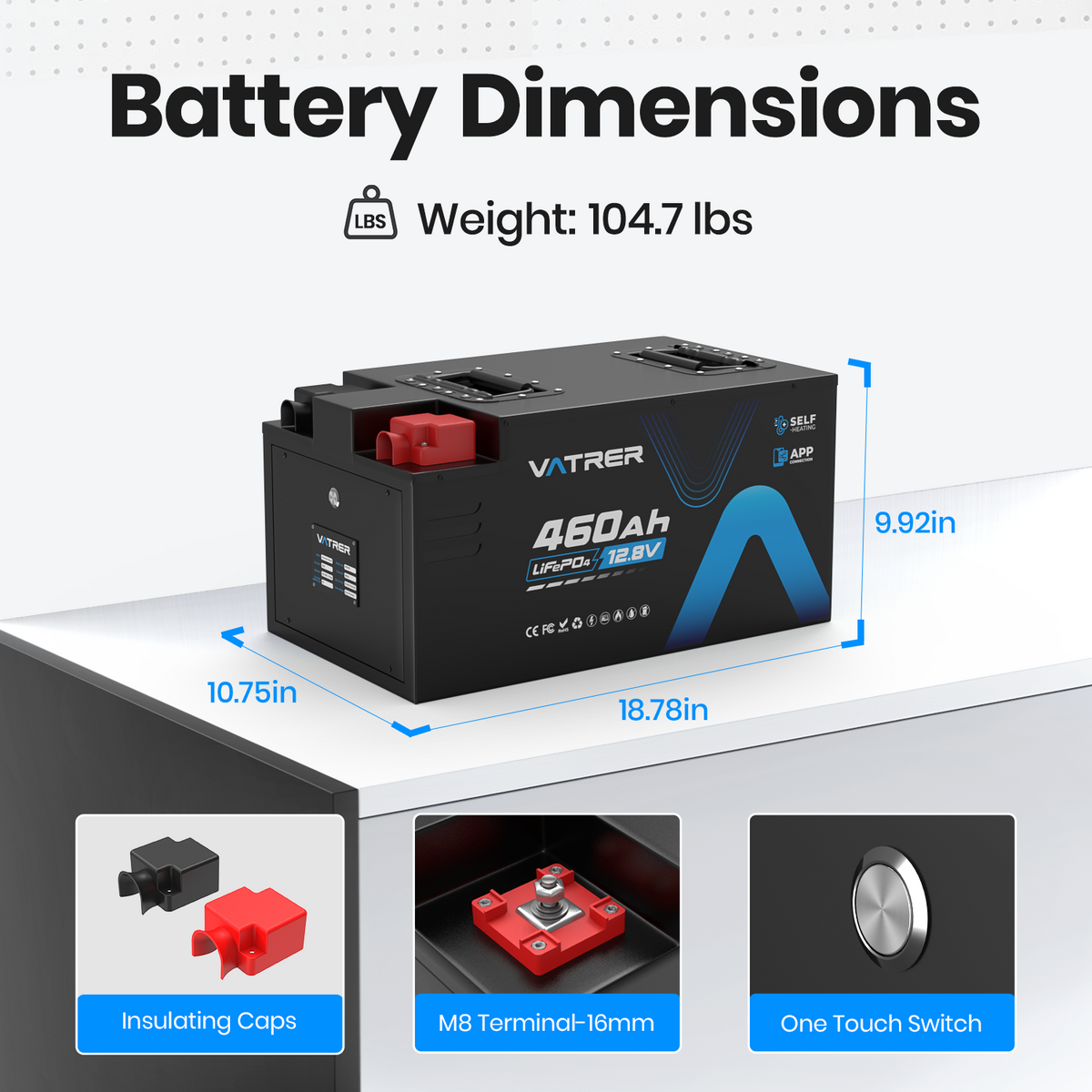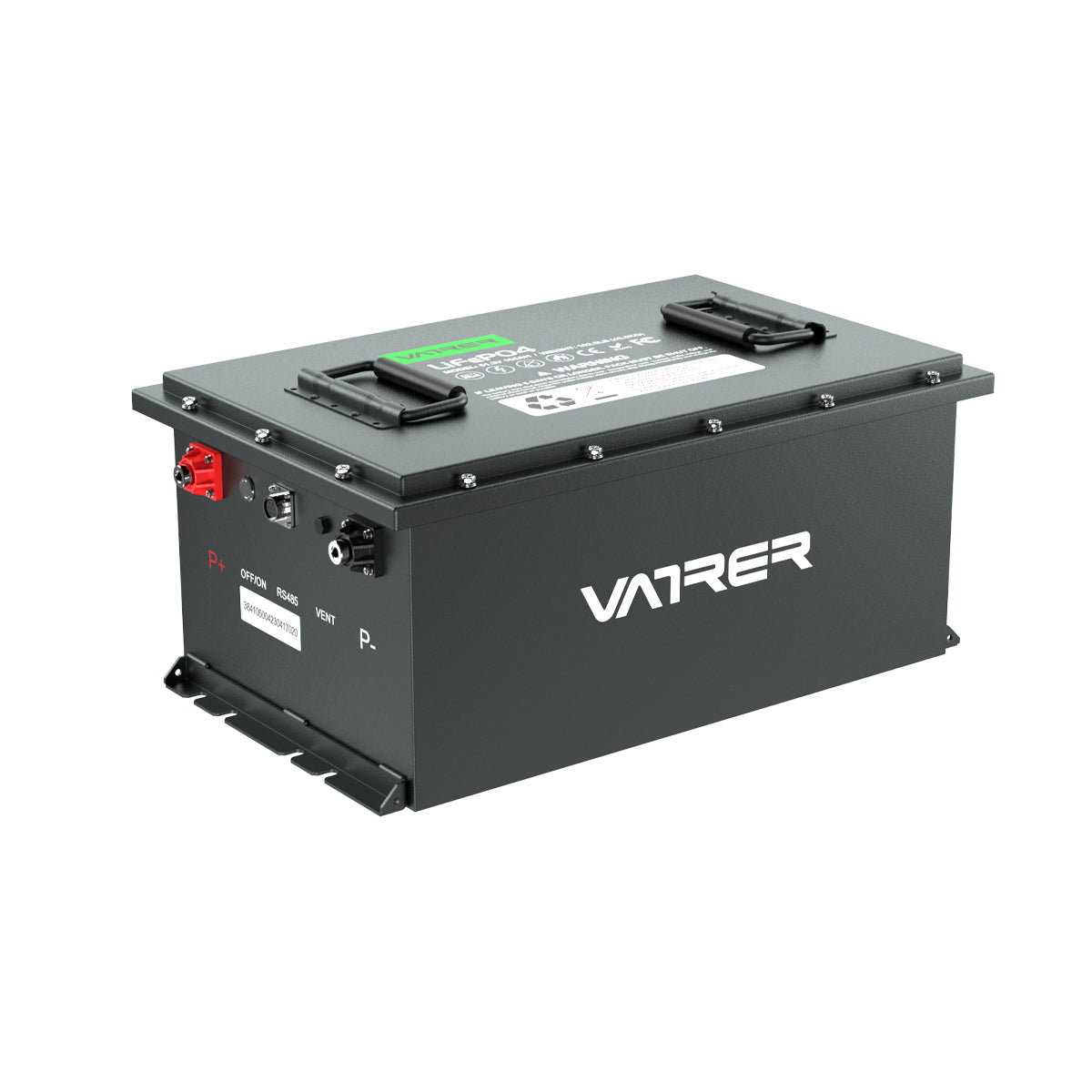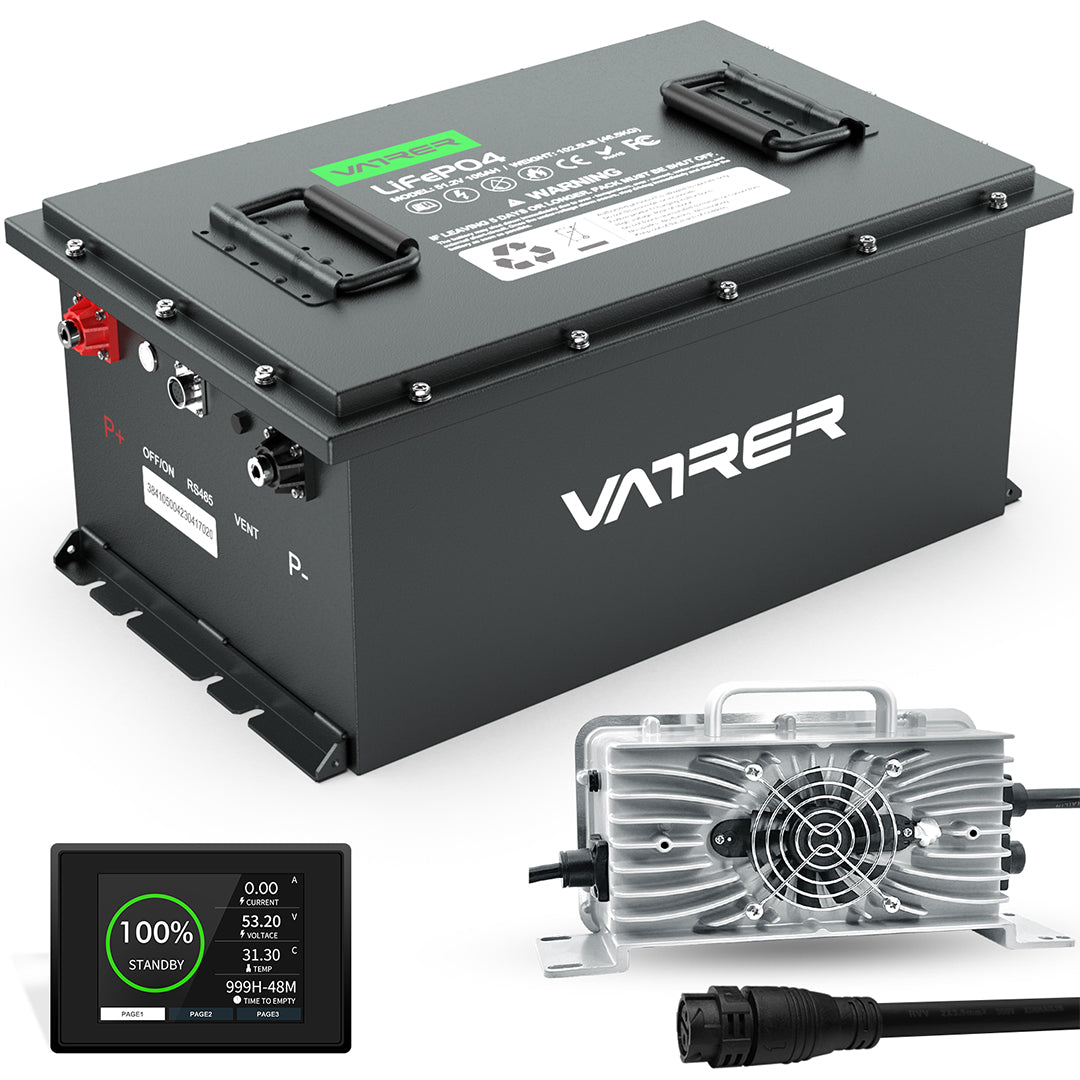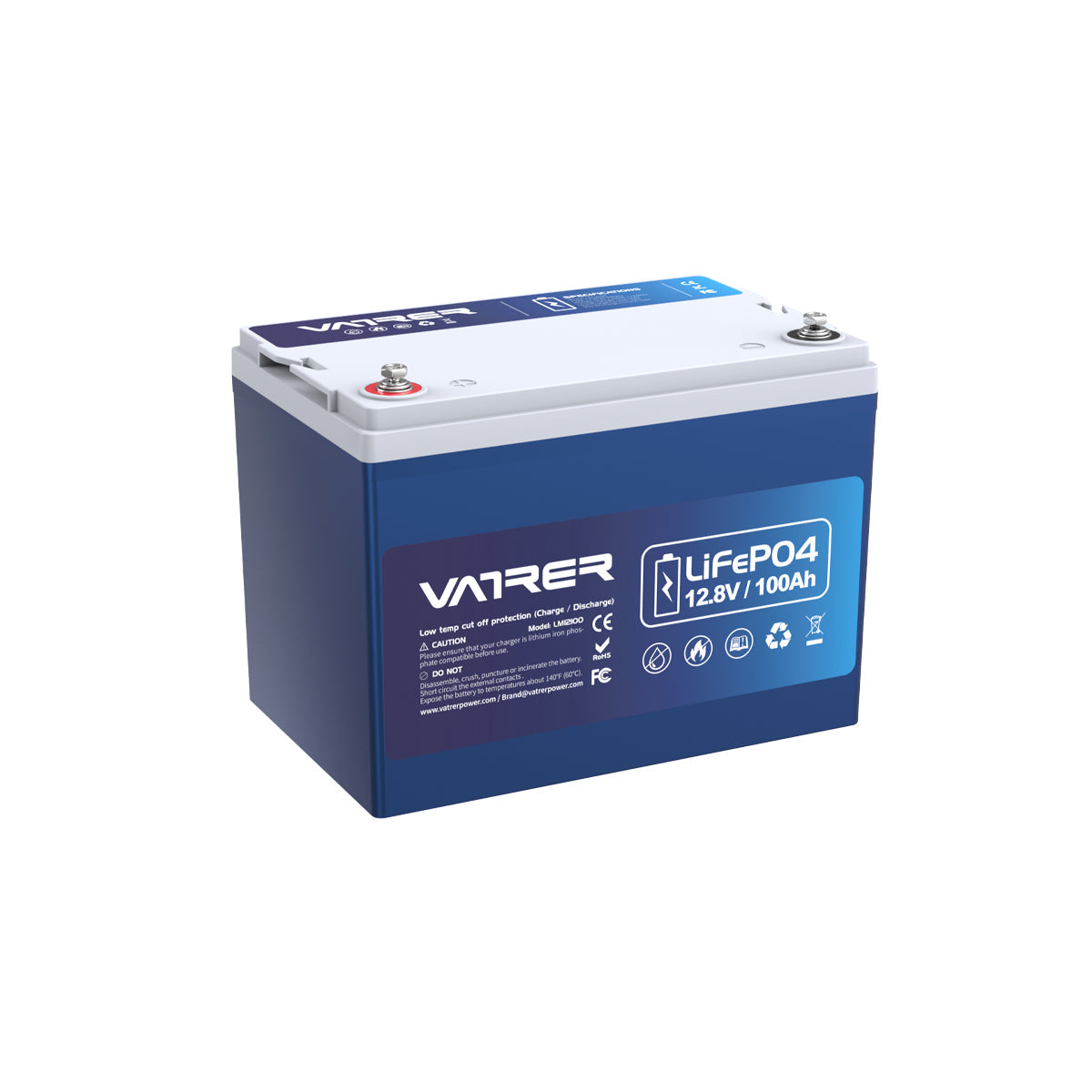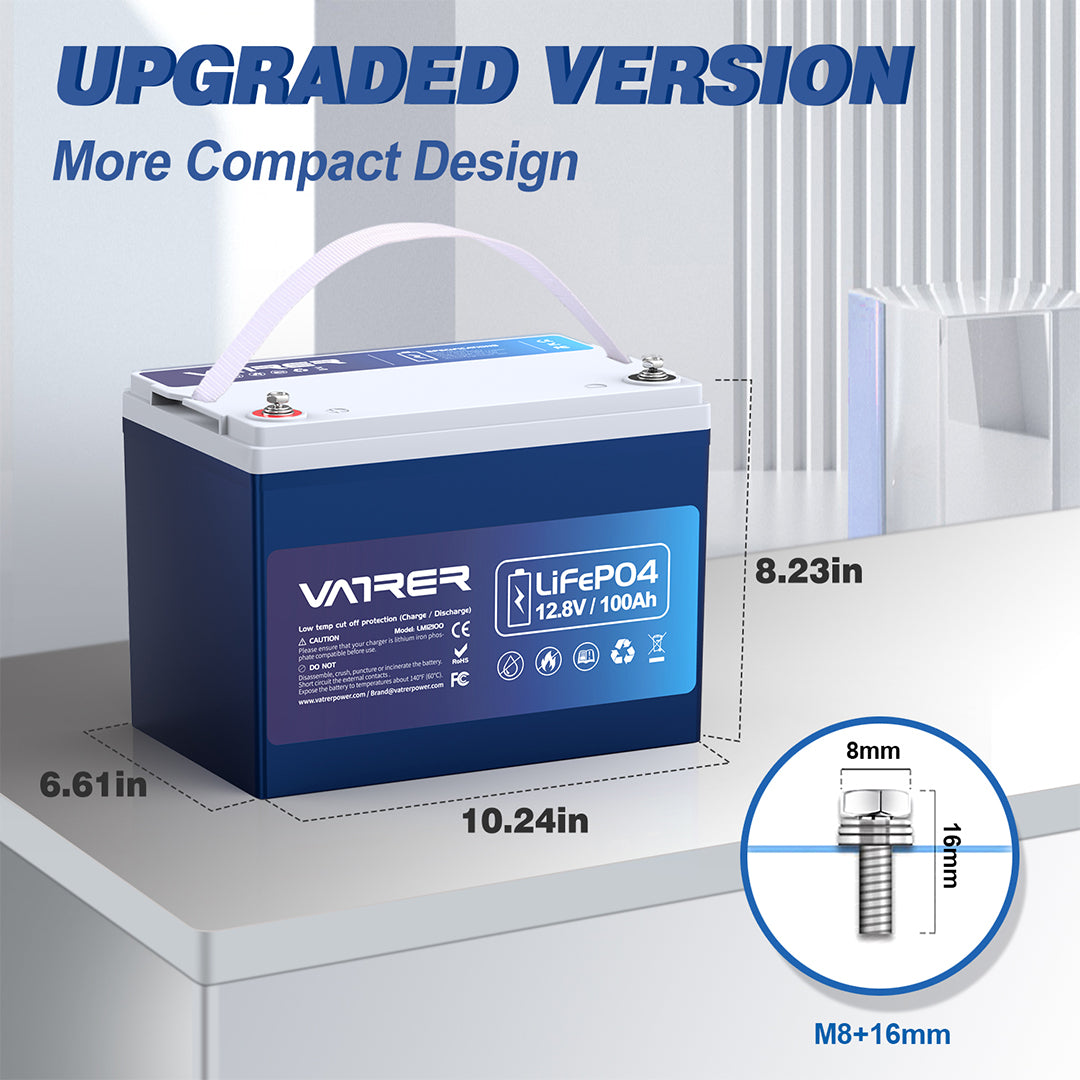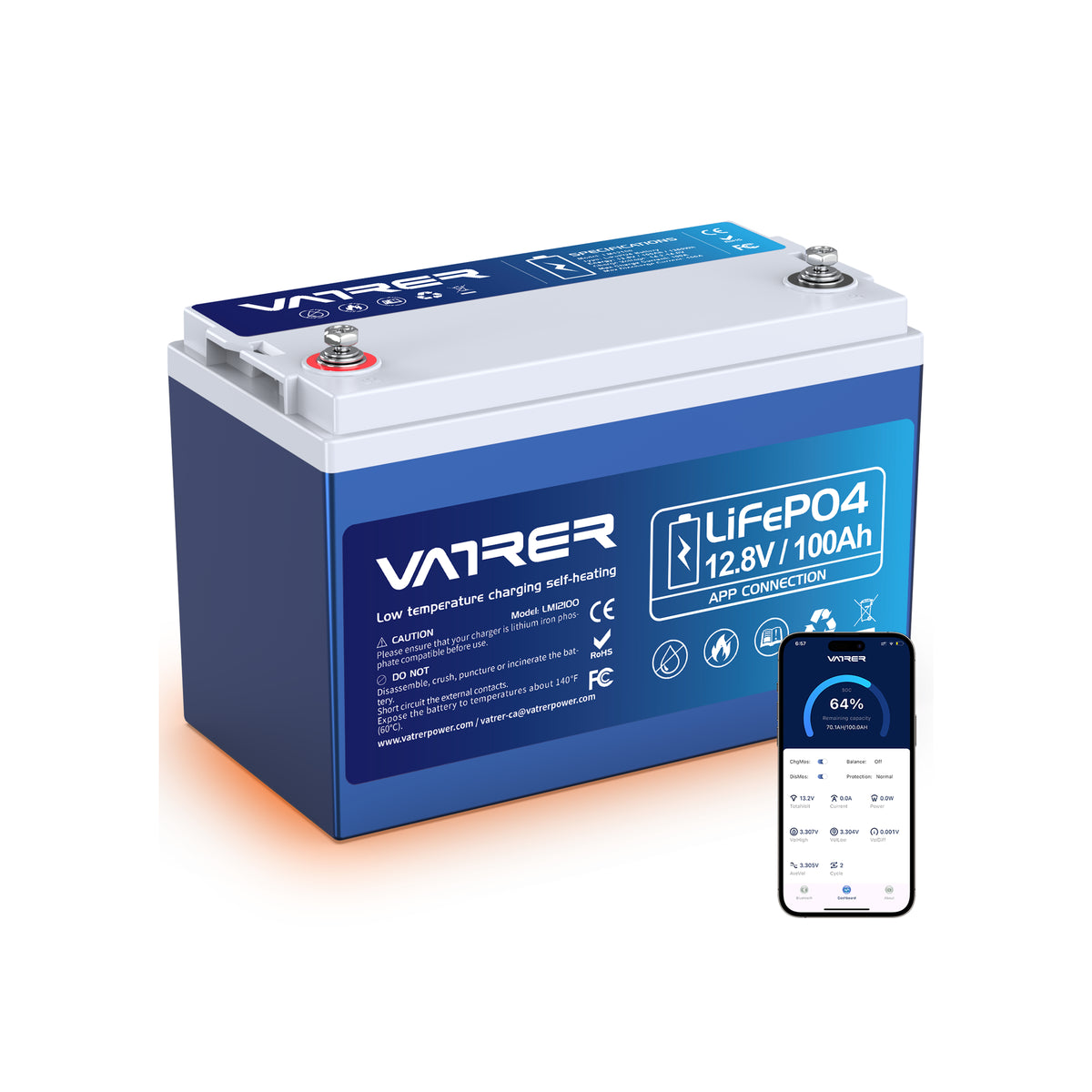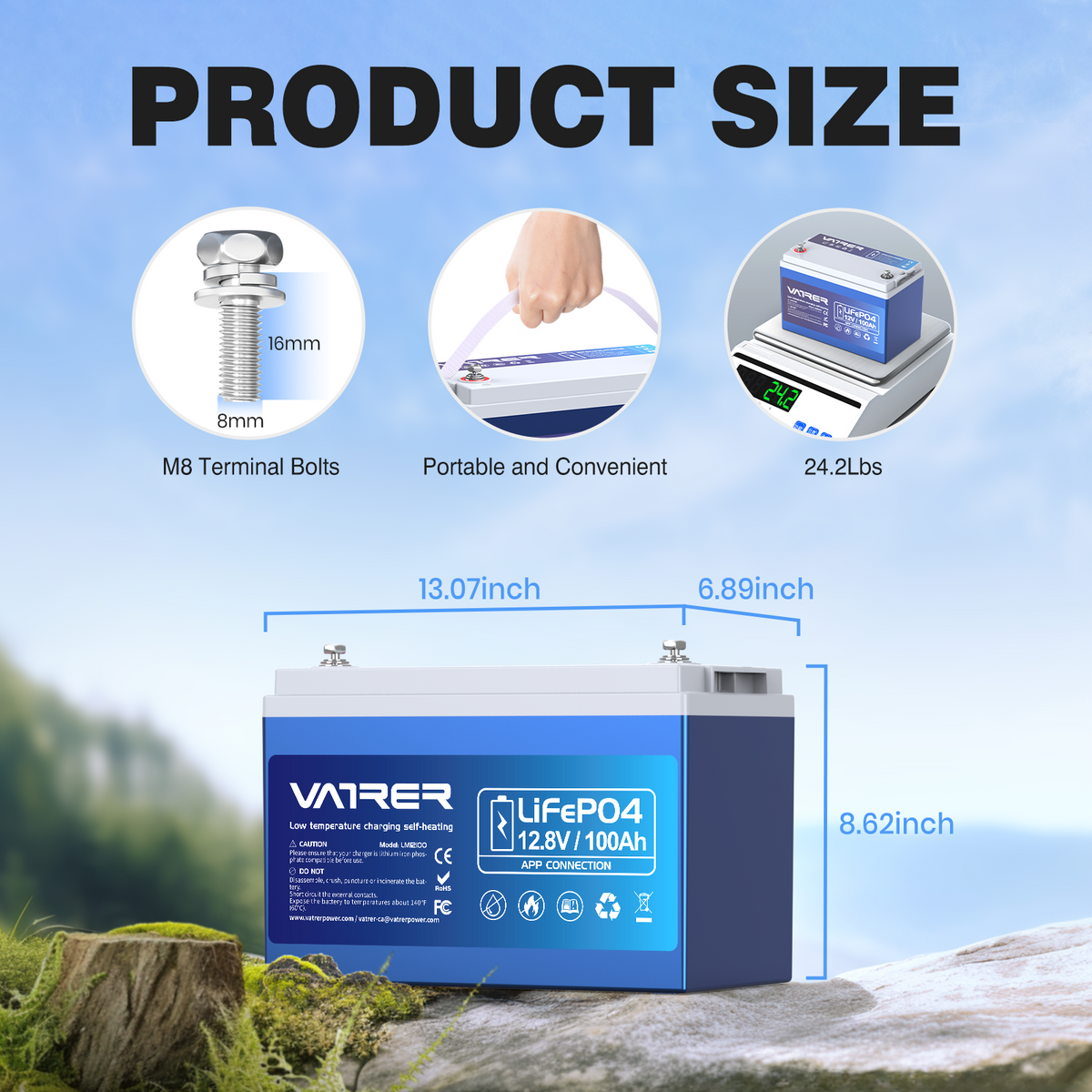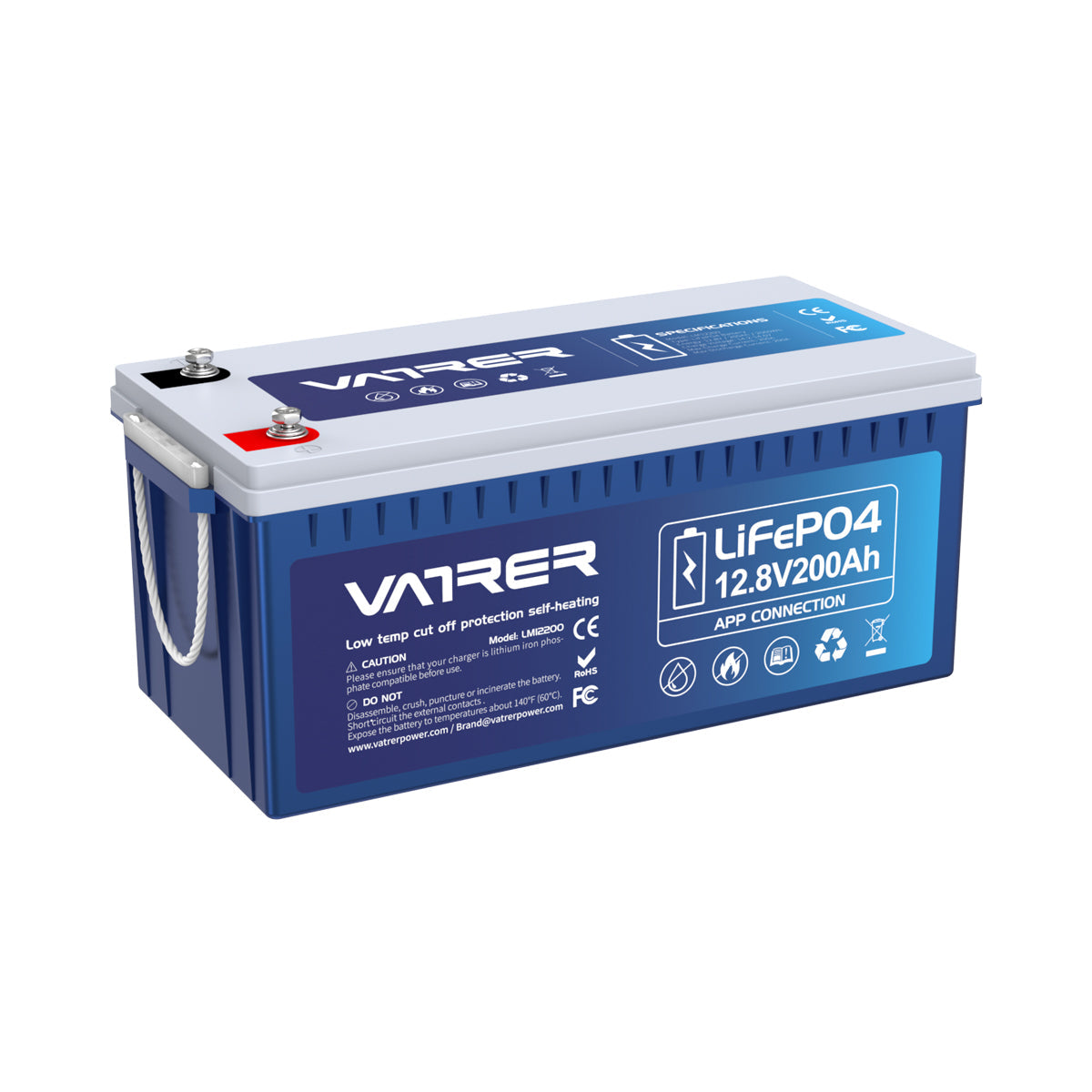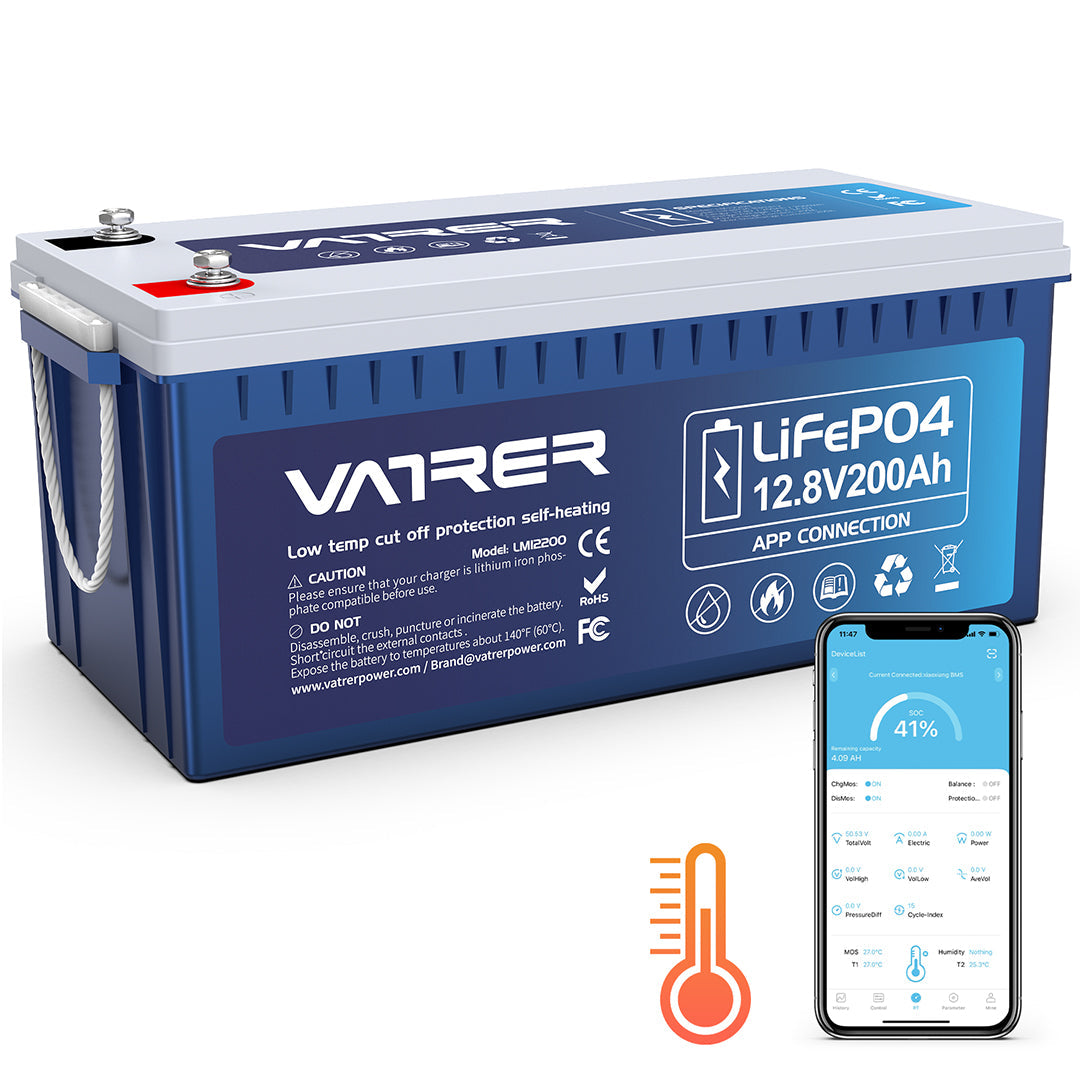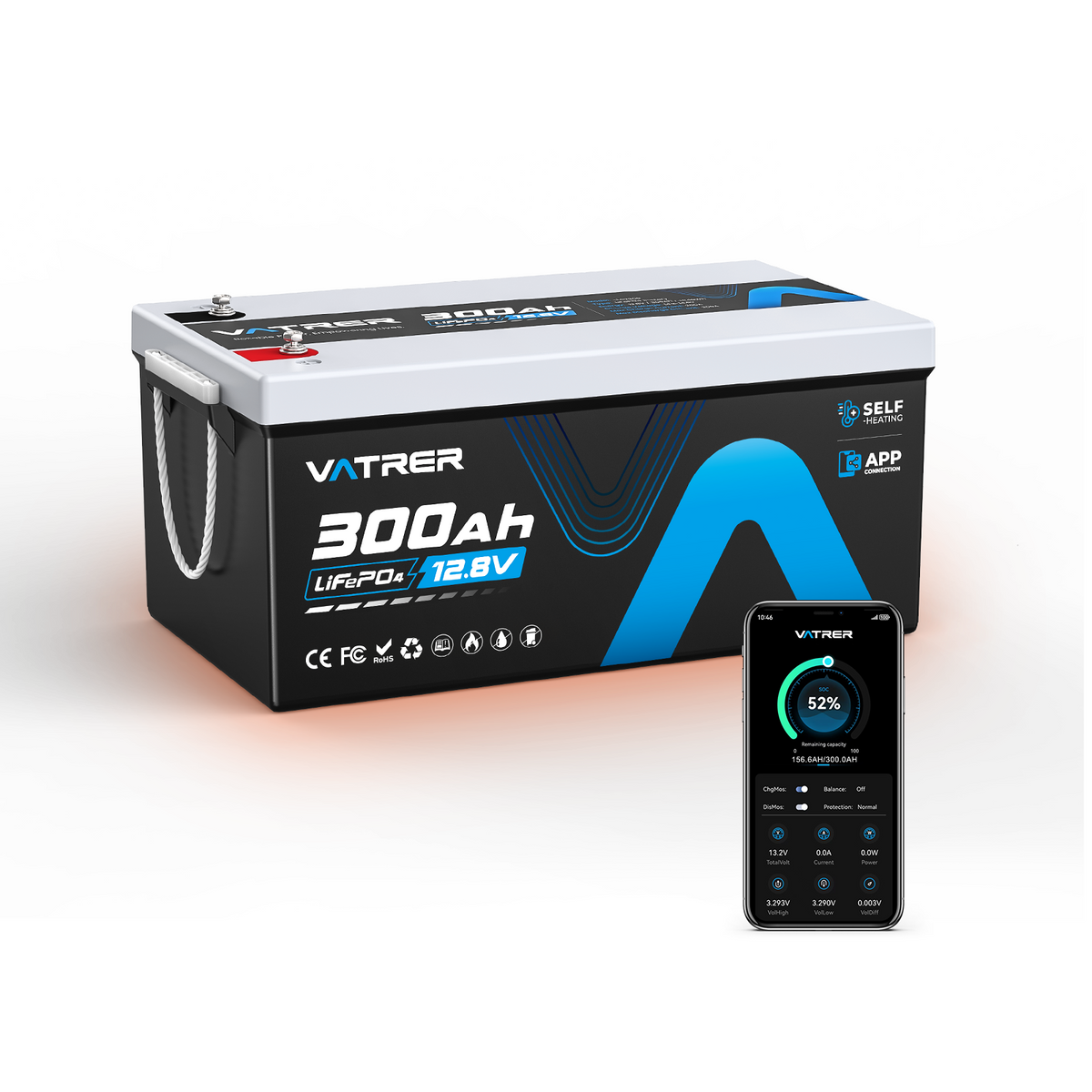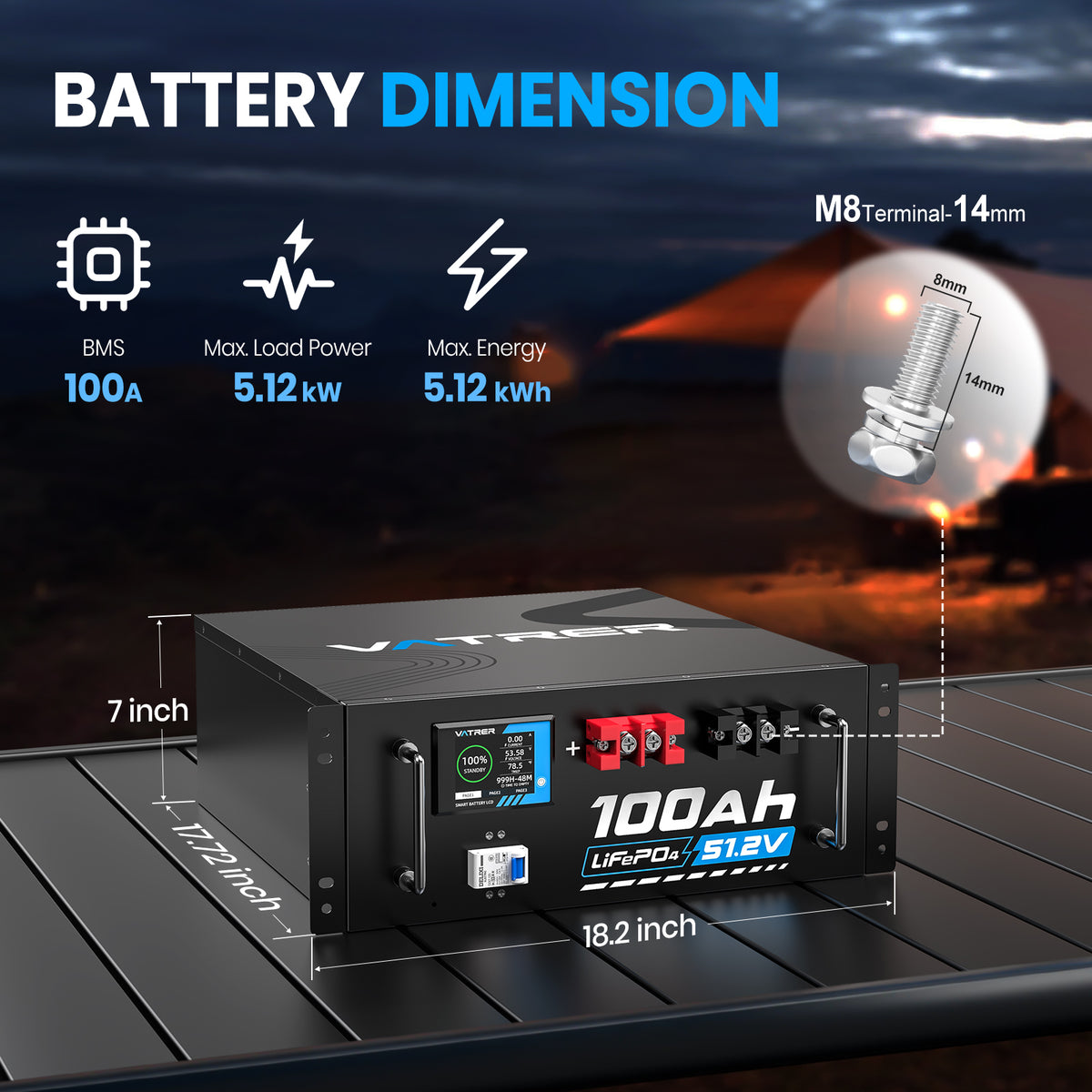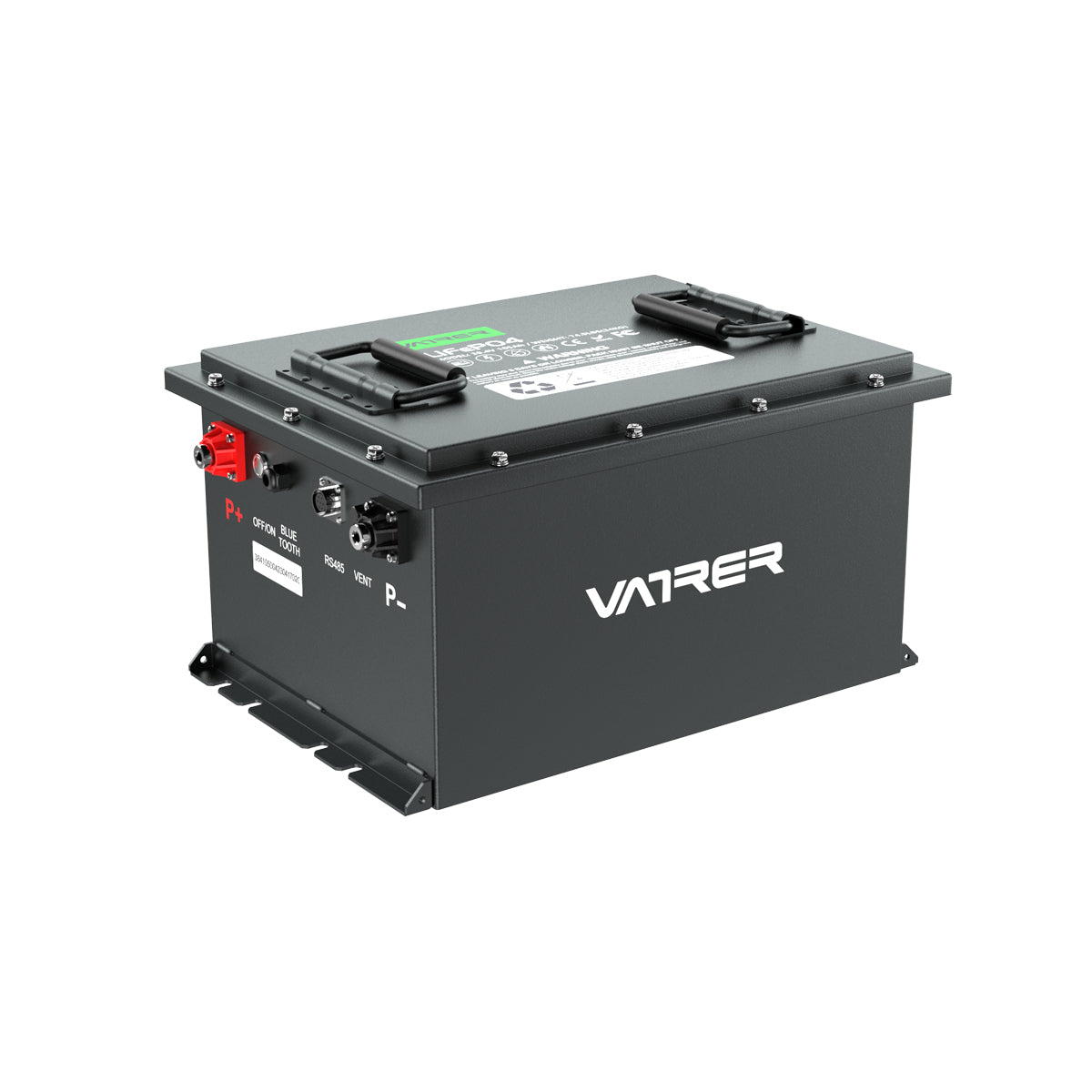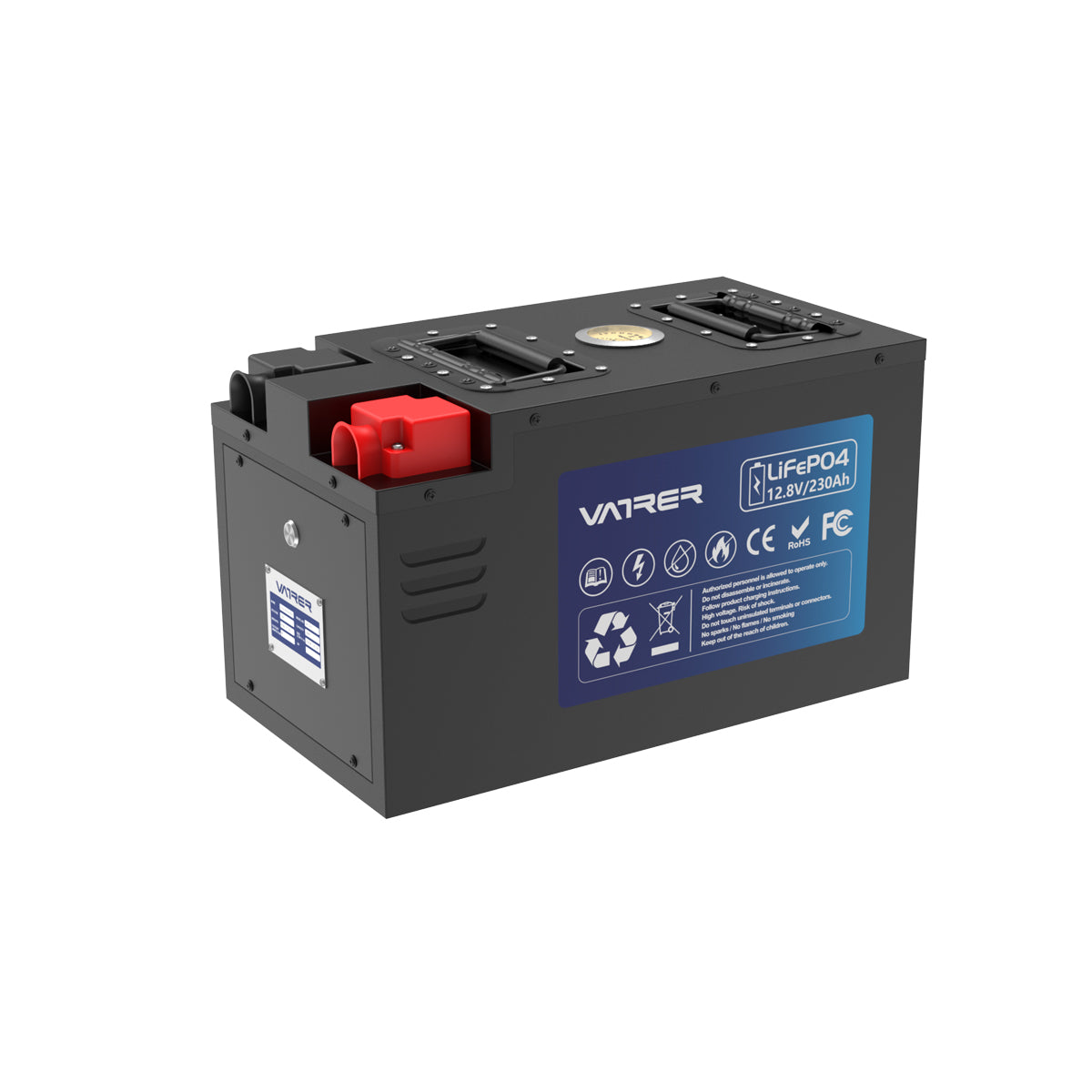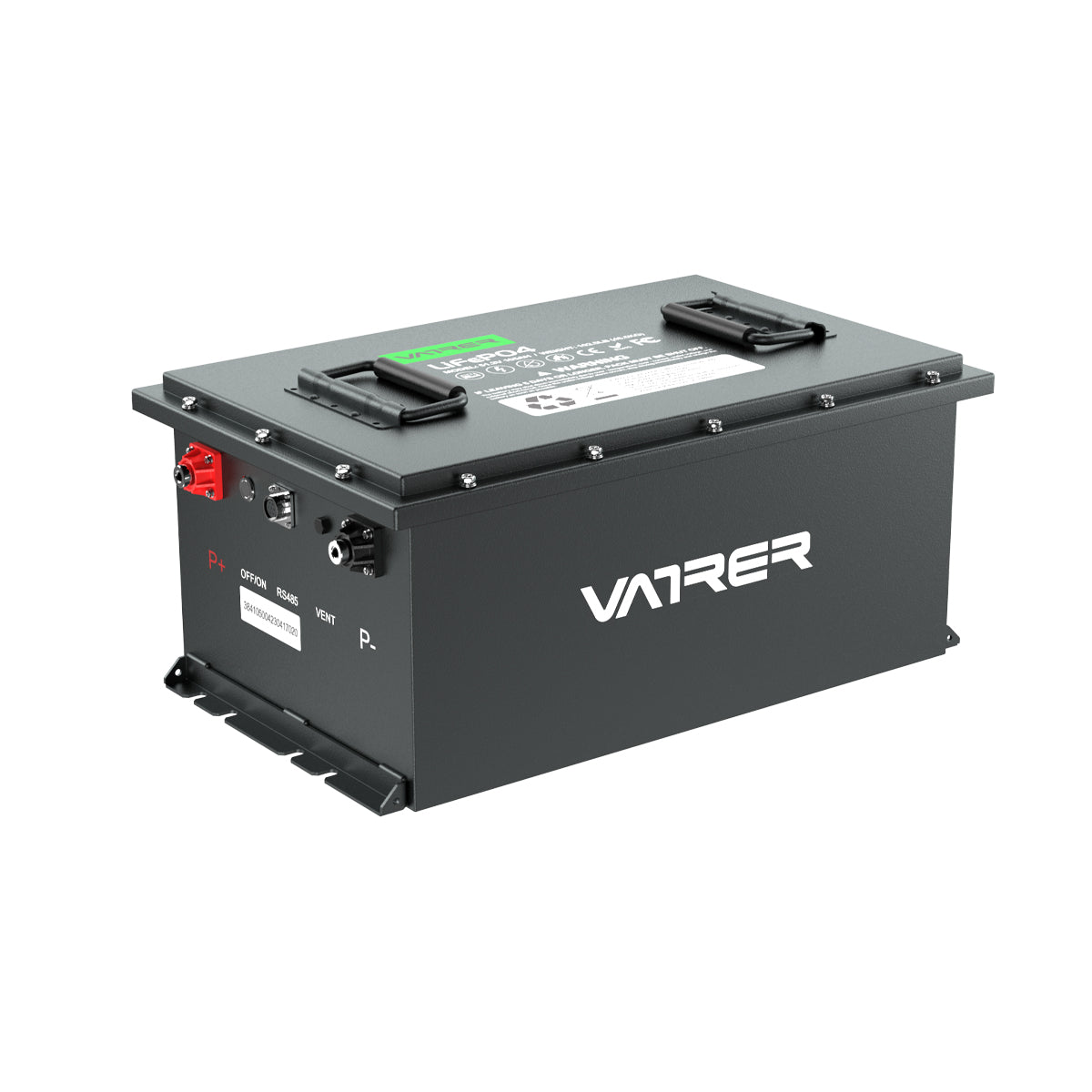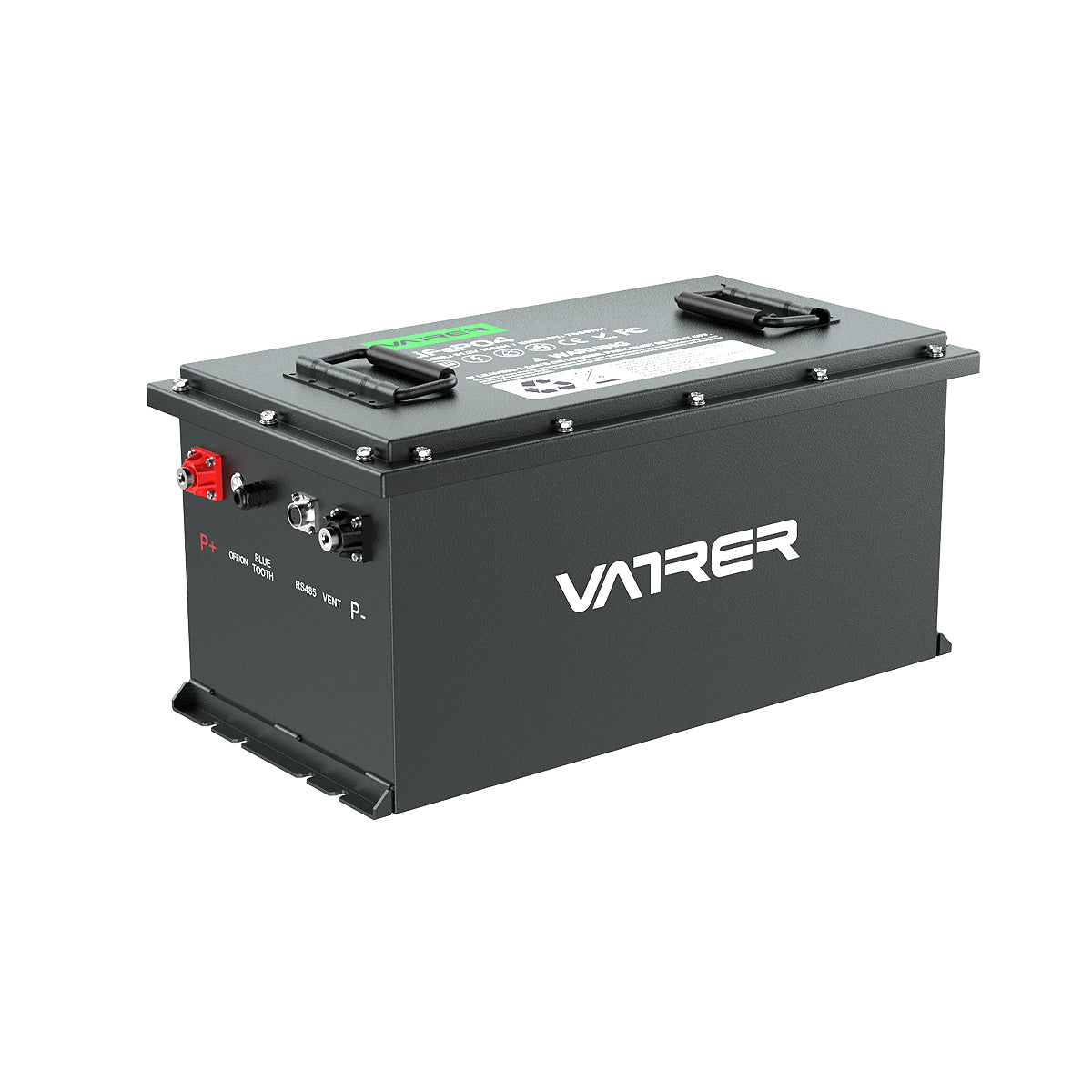Lithium-ion batteries have become ubiquitous in our daily lives, powering everything from our smartphones and laptops to electric vehicles and renewable energy storage systems. As demand for these batteries continues to rise, it's no surprise that many are curious about their cost. In this blog, we'll explore the factors that influence the price of lithium-ion batteries and provide a general idea of what you might expect to pay for these essential components of modern technology.

Understanding Lithium-Ion Batteries
Before diving into costs, it's crucial to understand what lithium-ion batteries are and why they are so popular. Lithium-ion batteries are preferred for their high energy density, minimal memory effect (meaning they don’t lose their maximum energy capacity), and low self-discharge rate when not in use. These qualities make them ideal for applications where both weight and power are critical factors.
Factors Influencing the Cost
Several key factors can affect the cost of lithium-ion batteries:
Capacity and Size
The battery's capacity, usually measured in ampere-hours (Ah), is a significant determinant of its price. Higher capacity batteries, providing more power and longevity, typically cost more.
Material Costs
The materials used in the battery cells, such as lithium, cobalt, nickel, and manganese, significantly influence the cost. For instance, fluctuations in the price of lithium or cobalt due to demand, supply issues, or geopolitical factors can directly impact the overall battery cost.
Production Scale
Larger production scales can reduce costs due to economies of scale. As more companies and facilities produce lithium-ion batteries, the costs can decrease, a trend clearly seen in the past decade.
Technological Advancements
Innovations in battery technology that improve efficiency, energy density, or materials can also affect costs. Advances that simplify the manufacturing process or use less expensive materials can reduce prices.
Market Demand
As with any product, demand influences cost. The growing market for electric vehicles and renewable energy storage has spurred increased demand for lithium-ion batteries, affecting prices globally.
Average Costs
As of the latest data, the average cost of lithium-ion batteries has been observed to decline significantly over the past decade. According to BloombergNEF, the average price per kilowatt-hour (kWh) has dropped from over $1,100 in 2010 to around $137 in 2020, and it's projected to fall below $100 by 2023. This trend is mainly due to technological advancements and increased production.
For consumers, the cost of a lithium-ion battery for personal electronics like smartphones might range from $10 to $50, depending on the device's brand and battery capacity. For larger applications, such as electric vehicles, the battery pack can be the most costly component, often ranging from $1,000 to $15,000 depending on the vehicle's range and specifications.
Conclusion
While the cost of lithium-ion batteries can vary widely based on factors like capacity, materials, and market demand, one thing is clear: prices have been decreasing, and this trend is likely to continue as technology advances and production scales up. This is good news for both consumers and industries relying on these batteries to power a cleaner, more efficient future. As we look forward, understanding these cost dynamics will be crucial for businesses and policymakers aiming to make the most of this essential technology.
Continue Reading:
The Average Cost of a Solar Battery in 2024






